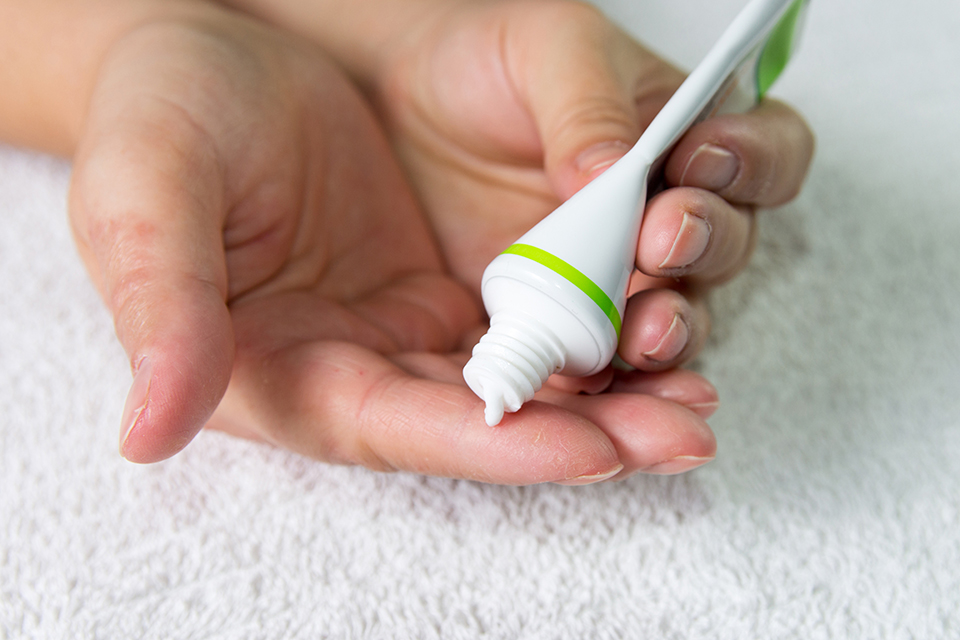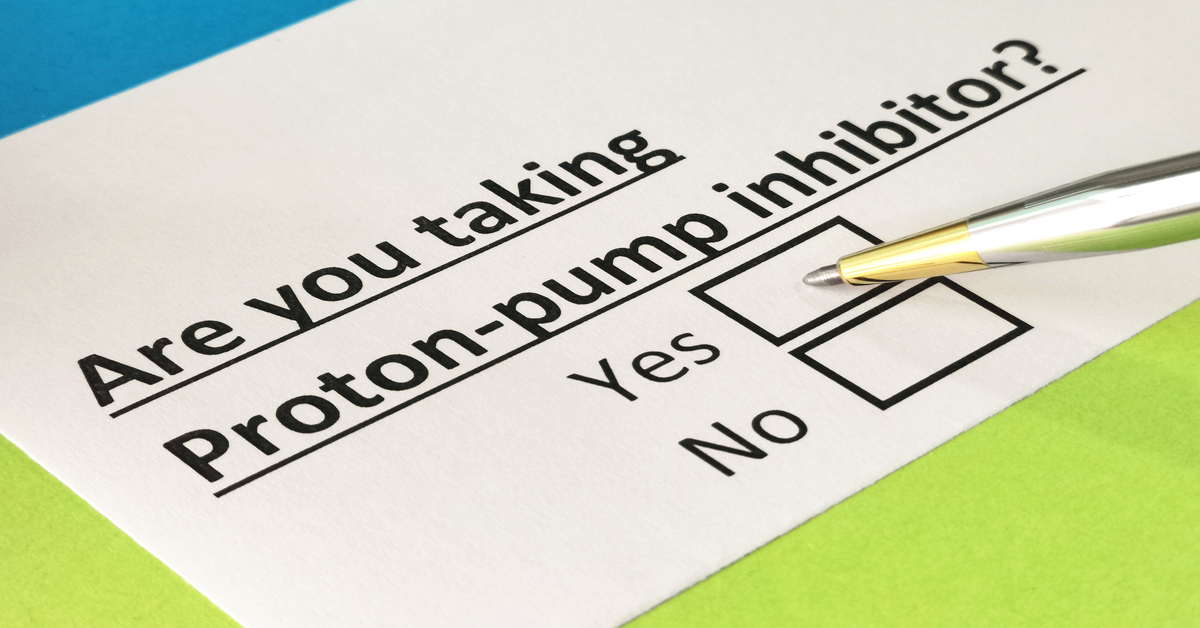
Kidney Week 2020
Ferric citrate is approved by the US FDA for patients with iron-deficiency anemia (IDA) and non–dialysis-dependent (NDD) chronic kidney disease (CKD), and as a phosphate binder in adults with dialysis-dependent CKD. The recommended ferric citrate dose for IDA is one tablet (1 g, contains 210 mg ferric iron), three times daily (TID) titrated to hemoglobin goal.
Pablo E. Pergola, MD, PhD, and colleagues conducted a study to examine the long-term efficacy and safety of various ferric citrate regimens for the treatment of IDA in adults with NDD-CKD, stages 3 to 5. Results of the study were reported during a virtual poster session at ASN Kidney Week 2020 in a poster titled Long-Term Use of Ferric Citrate in the Treatment of Iron Deficiency Anemia in Patients with Non–Dialysis-Dependent CKD: The COMPASS Trial.
In the COMPASS trial (NCT03236246), a 48-week, phase 4, randomized, open-label, multicenter study, patients were randomized 1:1 to receive ferric citrate 1 g tablet TID (3 g/day) or two tablets twice a day (BID) (4 g/day). At week 12, if hemoglobin was <10 g/dL or changed <0.5 g/dL from baseline, the dose was increased to two tablets TID (from one TID) or three tablets BID (from two BID).
The primary end point of interest was change in hemoglobin from baseline to week 24. Secondary end points were change in transferrin saturation, ferritin, and phosphate to week 48.
The current analysis included 183 of 206 randomized patients. The groups were well matched; mean age was 69.5 years and 54% had CKD due to diabetes. At baseline, mean estimated glomerular filtration rate was 33.6 mL/min/1.73 m2 and mean hemoglobin was 10.45 g/dL.
Adverse events that occurred in ≥5% of participants included diarrhea (13.2%), discolored stool (12.7%), and constipation (12.2%). The incidence of serious adverse events was 13.9% in the BID groups and 17.3% in the TID groups. Five deaths were reported; none were deemed related to ferric citrate.
In summary, the researchers said, “Both ferric citrate regimens increased and maintained hemoglobin through 48 weeks in patients with NDD-CKD with IDA. Patients with lower baseline hemoglobin and iron parameters had a higher increase in hemoglobin with ferric citrate treatment. Serum phosphate remained within normal range over study duration. Mean changes in hemoglobin, transferrin saturation, ferritin, and phosphate were similar in the BID and TID and the three and four g/day dosing groups. These results support the potential for ferric citrate dosing flexibility in the long-term treatment of IDA.”
Source: Pergola PE, Belo DS, Crawford PW, Moustafa MA, Luo W, Goldfarb A. Long-term use of ferric citrate in the treatment of iron-deficiency anemia in patients with non–dialysis-dependent CKD: The COMPASS trial. Abstract of a poster presented at the American Society of Nephrology virtual Kidney Week 2020 (Abstract PO0254), October 22, 2020. Funding for this poster was provided by Akebia Therapeutics, Inc.







 © 2025 Mashup Media, LLC, a Formedics Property. All Rights Reserved.
© 2025 Mashup Media, LLC, a Formedics Property. All Rights Reserved.